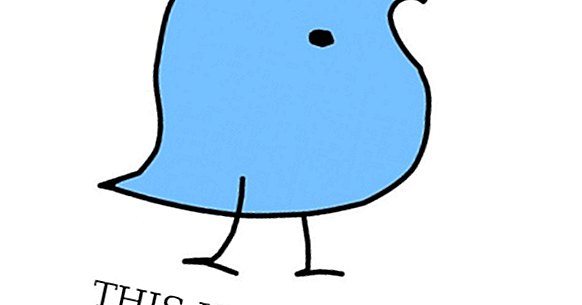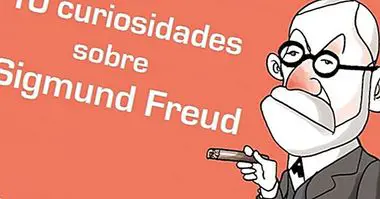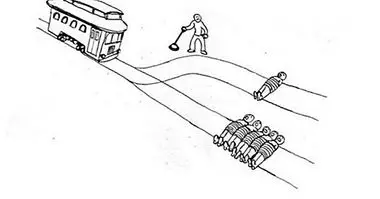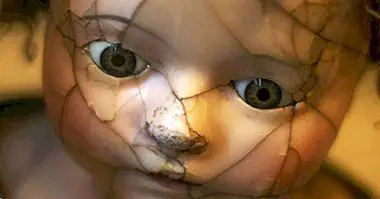Jean Berko and the experiment of the "wugs"
The experiment of Jean Berko's wugs It was a true milestone in the history of psycholinguistics. By presenting artificial words to young children, Berko showed that even in very early stages of life we are able to extract language rules and apply them to unfamiliar words.
In this article we will see what was the context of the experiment, how it was carried out and what exactly was discovered thanks to it.
- Maybe you're interested: "The language theory of Sapir-Whorf"
Biography of Jean Berko
Jean Berko was born in 1931 in Cleveland, Ohio. In 1958, after studying history, literature and linguistics, he received his doctorate at Harvard University with a study in the field of psycholinguistics that it would be extremely influential to include the so-called "experiment of the wugs", which we will describe in detail in the following section.
Berko has spent most of his career at Boston University, where he worked as a teacher until a few years ago. He is currently retired from this profession, although continues to dedicate himself to research in the field of psycholinguistics.
In addition to his studies and works on the development of language in the early stages of life, Berko's work also highlights research on vocabulary, aphasia, the acquisition of routines in children and the differences between mothers' language and that of the parents.
- Related article: "The 12 types of language (and their characteristics)"
The experiment of the wugs
In his most famous research, which would later be known as "the experiment of the wugs", Berko worked with girls and boys between 4 and 7 years old. His goal was analyze the ability of children to understand the rules of language (specifically the addition of inflectional suffixes) and apply them to new words.
For this he showed the experimental subjects images of objects and activities that had been given artificial words as names. The most famous example is that of the "wug", a being of bluish color and vaguely similar to that of a bird; in this case a single wug was taught first and then two identical drawings.
The test itself consisted of presenting the children unfinished phrases that they had to complete by declining the pseudoword in question. The text that accompanied the first drawing of the wug said "This is a WUG"; under the image of the two wugs you could read "Here we have another WUG. Now there are two. We have two…". The children were expected to respond "wugs".
In addition to plurals, Berko studied verbal conjugations (for example, the simple past), possessiveness, and other habitual declensions in the English language. With his experiment he showed that young children have already learned the rules of their mother tongue and are able to use them in words they do not know.
He also found that at very young ages children can apply the rules to familiar words but not to pseudowords; from this he deduced that in the first place the declensions of each word are learned separately and in a more advanced stage the capacity of deduce linguistic patterns and apply them to new words .
- Maybe you're interested: "Noam Chomsky's theory of language development"
Implications for language acquisition
The experiment of wugs refuted the idea that language is acquired by imitation of the words of other people and by the reinforcement obtained by saying them. At that time this hypothesis was defended by many learning theorists, particularly in behaviorist orientation.
Since the children who participated in the experiment did not know the artificial words before the test, the fact that they succeeded in declining them necessarily implies that they knew the basic rules of their language. After Berko other researchers generalized these results to different languages and contexts.
After its publication, the results of this experiment had a very significant influence on the study of language. Currently, Berko's findings are firmly based on the scientific theory of language acquisition.
Other contributions by Berko
The rest of Berko's research can also be included in psycholinguistics, although this author has shown interest in multiple facets of language and its wide influence on learning and behavior.
1. Studies on aphasia
Aphasia is a disorder consisting of a very marked difficulty in the use of expressive and / or receptive language . It is usually due to brain injuries and its specific characteristics depend on the location of the damage, which is why multiple types of aphasia have been described.
Along with Goodglass, Bernholtz and Hyde, Berko argued that the linguistic problems of aphasia can not be explained either by the presence of stable grammatical errors or by the intentional omission of words to reduce speech effort.
- Related article: "Aphasias: the main language disorders"
2. Linguistic differences between mothers and fathers
In a 1975 study Berko found that the interaction of adults with young children seemed to vary according to their sex: while men gave more orders and reflected more traditional gender roles, women adapted their speech more to the characteristics of the child .
Although Berko wanted to generalize these results to the language of mothers and fathers in general, the truth is that the sample of the experiment consisted of only three couples with children and four nursery teachers, two of them women and two men.
3. Acquisition of routines in childhood
Berko conceptualized the routines as verbal patterns, sometimes accompanied by gestures, which young children internalize due to the cultural context in which they grow. They stand out particularly his studies on behaviors "of good education" , like saying hello, saying goodbye, thanking or apologizing.



















